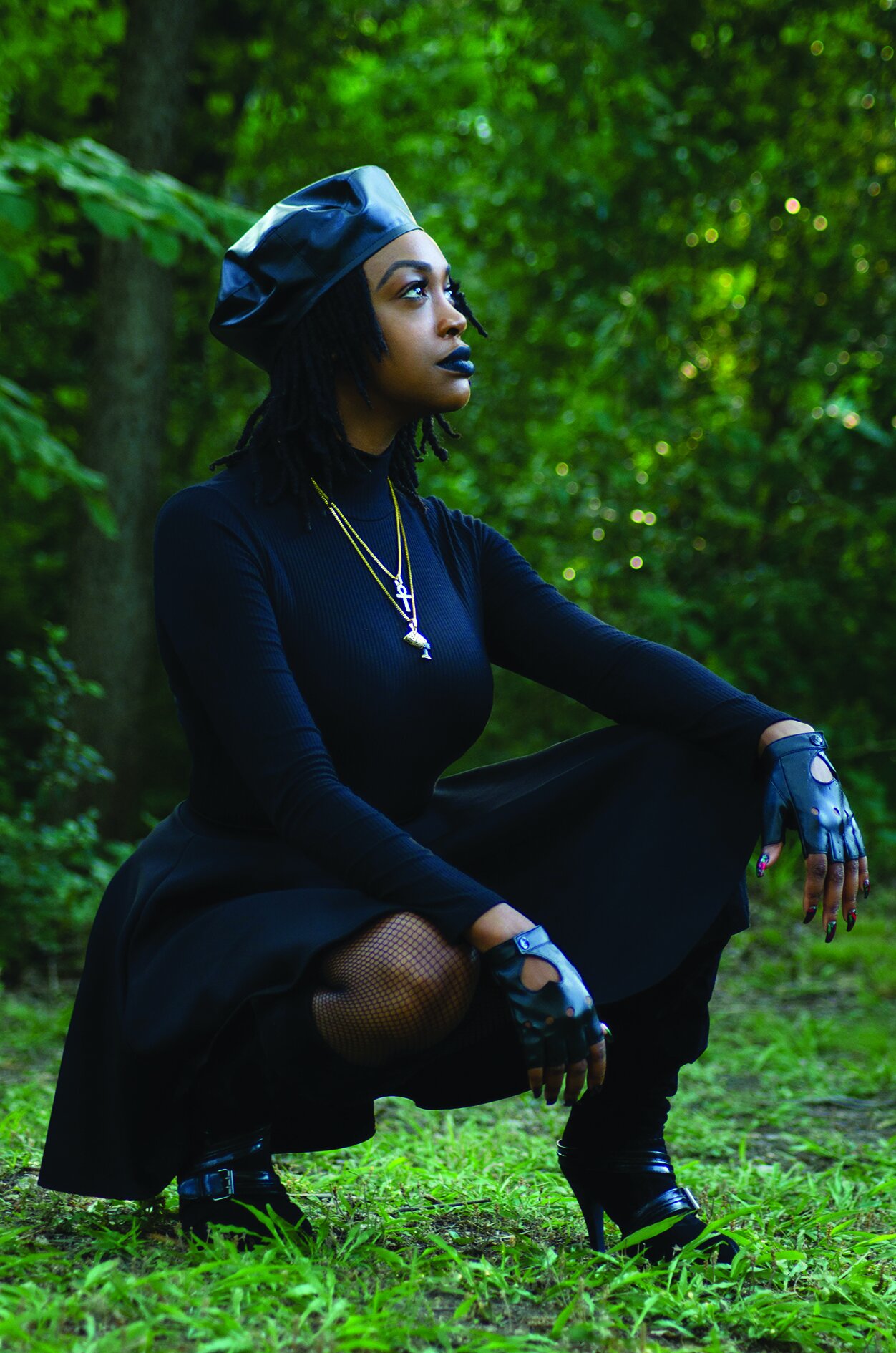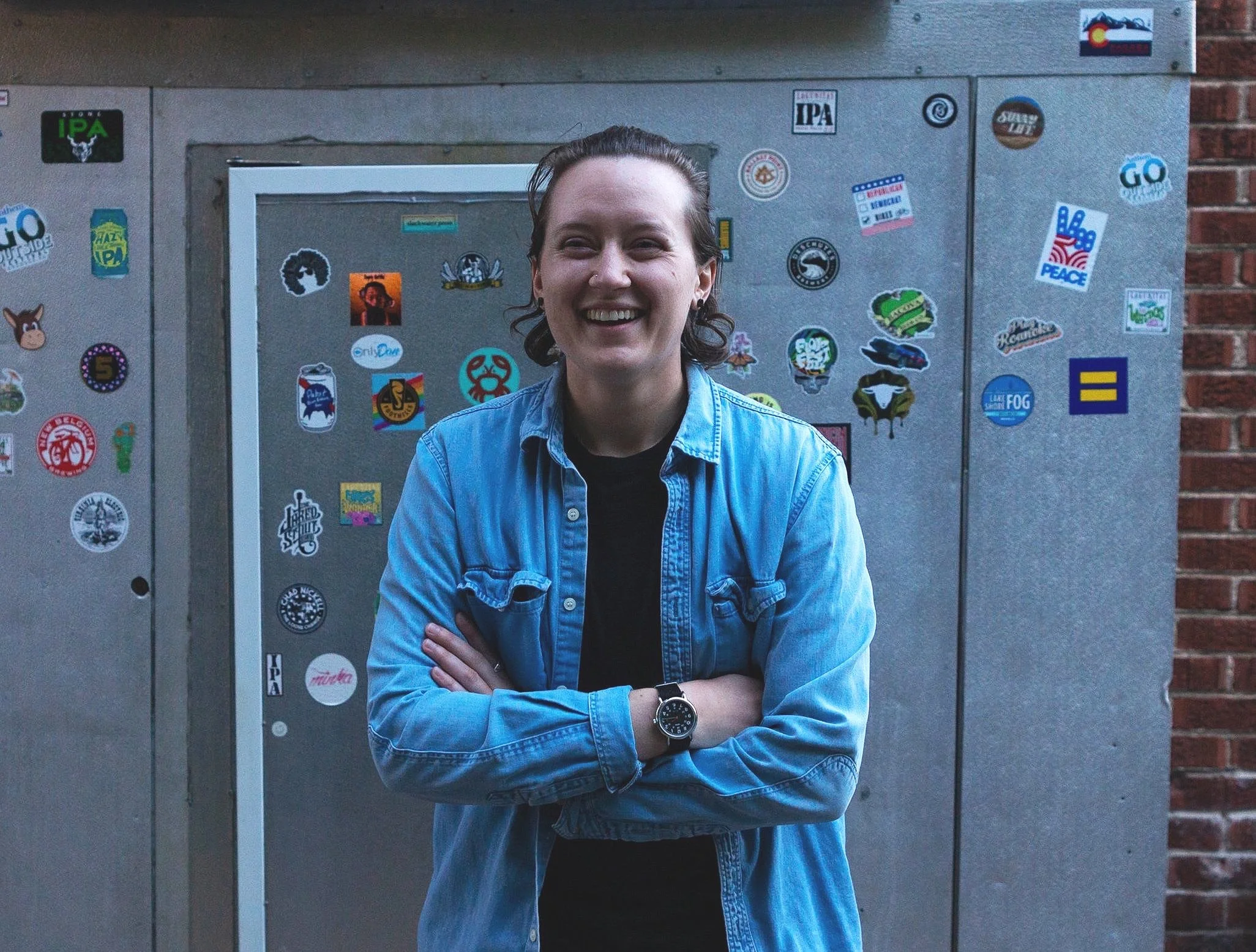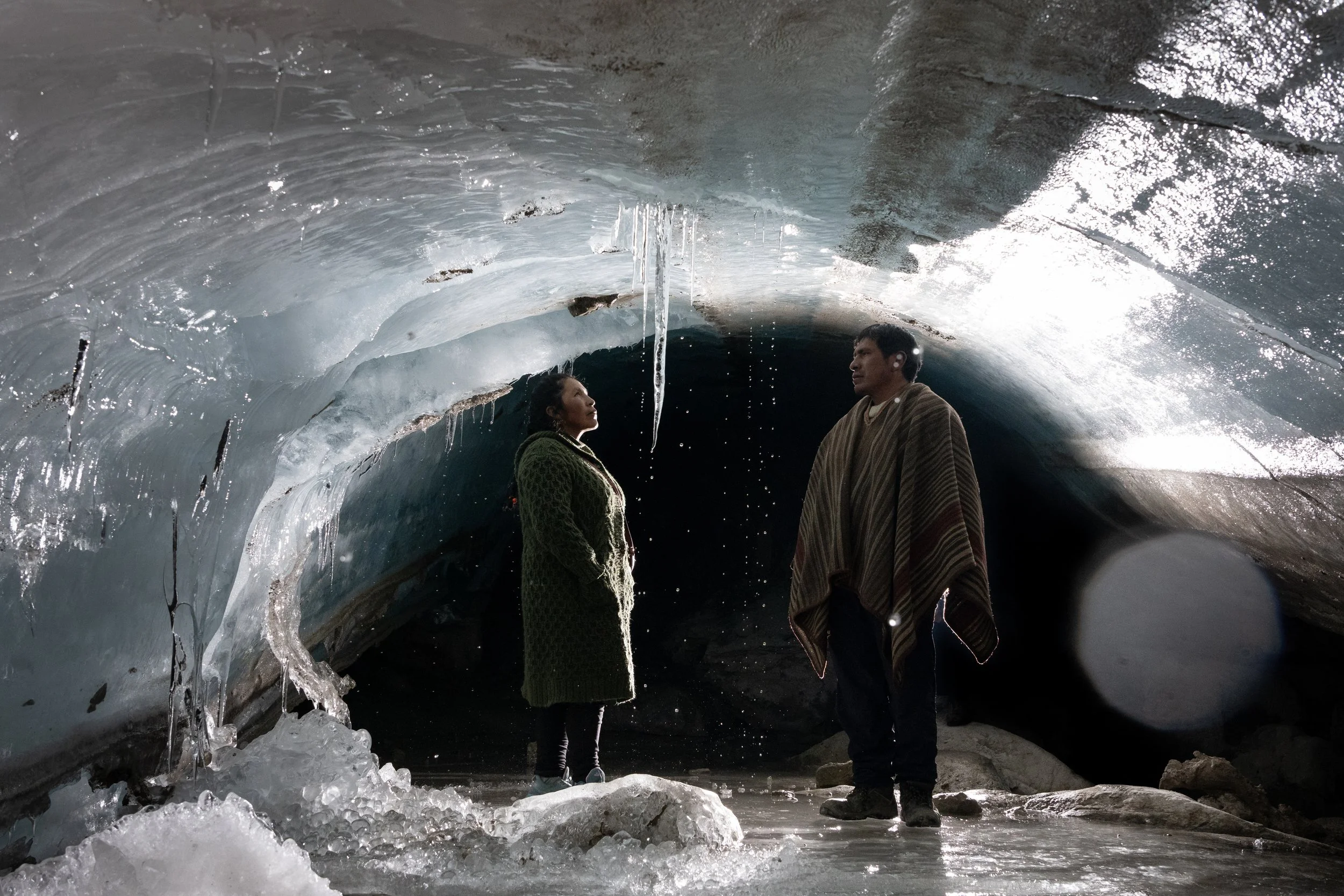Members of the Society Against Sexual Orientation Discrimination take part in Guyana’s third Pride parade in 2018.
Photo by Ron B. Wilson
From the outside, Pride 2020 may look different from previous years. But for many activists and organizers, this year’s Pride message is the most genuine it has been a very long time.
Pride is returning to its roots as a resistance movement against police brutality. The ongoing Black Lives Matter rallies and call for police defunding and abolition, have called attention to the contributions, past and present, made by the Black queer community in movements toward 2SLGBTQ+ liberations.
The Black Lives Matter movement embraces intersectionality; therefore it fights for all Black lives - gay, lesbian, transgender, and gender non-conforming folks. Two of its creators Garza and Cullors identify as queer, and Elle Hearns, one of the founding organizers of their global network is transgender. Black Lives Matter acknowledges the disproportionate amount of violence faced by the trans community in particular. There is no Pride without the inclusion of Black voices, and there can be no Black liberation without the liberation of the Black 2SLGBTQ+ community.
"Blossom" is a photo series that highlights members of the 2SLGBTQ+ community, speaking truths, and being who you are in spite of what society wants you to be.
Photos by Damari McBride @damarimcbride
The Stonewall uprising is often considered the catalyst of the modern-day 2SLGBTQ+ rights movement. Marsha P. Johnson was a prominent figure during the uprising; she was a Black trans woman and a gay rights activist who was murdered in her 40’s. Johnson was a founder of the Gay Liberation Front, and the Street Transvestite Action Revolutionaries (S.T.A.R).
“I am not only a Black Woman, but also a lesbian. I came out during my senior year of high school and experienced discrimination from so many people whom I had thought were my family and friends,” said Brittany.
Photos by Nitashia Johnson, first published in Volume 2 of The Self Publication—a collection of photography and personal essays designed to lift up women and men of colour and fight the harsh stereotypes about the Black Community.
Canada’s first Gay Rights Liberation Protest and March was held at Parliament Hill in 1971, one hundred people took to the streets requesting that the government provide queer communities with equal rights. This led to the emergence of Pride Week in 1973, which cultivated the concept of gay pride, paving the way for the gay liberation movement. During the same year, homosexuality was removed from the Diagnostic and Statistical Manual of Mental Disorders as a disorder.
However, eight years later in 1981, the Toronto police raided four gay bathhouses in downtown Toronto. It was called "Operation Soap." Approximately 300 men were arrested, making it one of the largest mass arrests in Canadian history. This was followed by the Sex Garage raids in 1990 and the Pussy Palace raids in 2000, which led to rallies denouncing police brutality and injustice against members of the queer community.
“When thinking about the erasure of Native peoples on our own lands, combined with the persistent invisibility of queer Indigenous people even within our own communities, this work feels important considering community-health, language, and storytelling.”
Photos by River Whittle @natanehriver
In 2016, Black Lives Matter Toronto requested that the Toronto Police not be present at Pride events, which was met with resistance from Pride organizers. This year, it has become more evident to 2SLGBTQ+ organizations that queer liberation movements must support the liberation of BIPOC as well.
Pride in the Western world has been guilty of an erasure of Black and Trans histories, and an opportunity for the corporate appropriation of the 2SLGBTQ+ movement. However, its roots lie in protest. Pride was started by Black Trans women. Pride started as an uprising.
PWB values accessibility. In our commitment to this, we have created scholarships to make our workshops more accessible to BIPOC and 2SLGBTQ+ storytellers. Scholarships will cover the full tuition cost of our next Storytelling School Online workshop. Click here to apply.



















